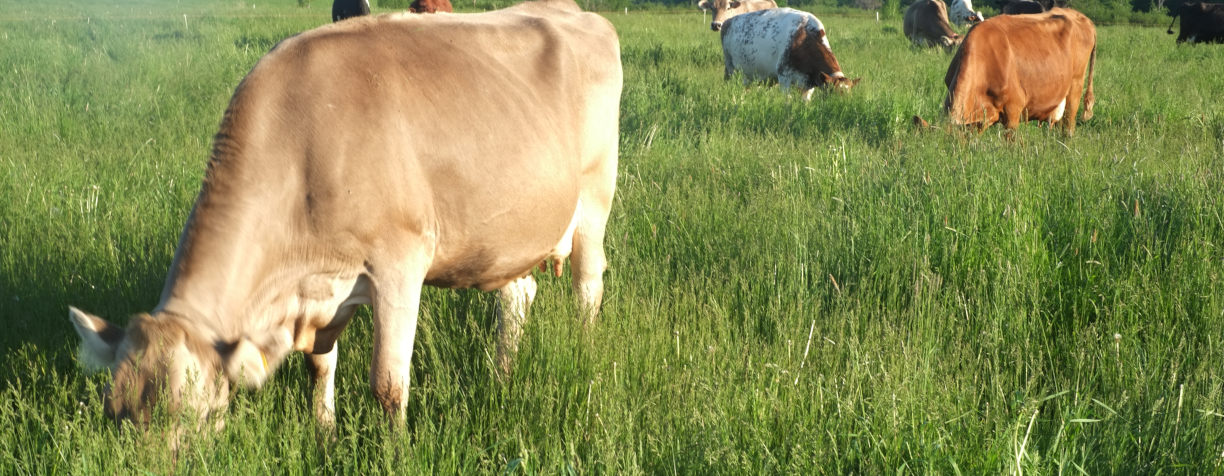Martha Blum
Agri-News
Grazing dairy herds requires dairymen to be day-to-day managers.
“Cows are always doing something you don’t expect, so you have to watch, observe and pay attention to what they’re doing,” said Kevin Mahalko, who farms near Gilman, Wisconsin, and is the president of GrassWorks Inc.
“My parents started this farm in 1969, and now we have about 120 Holstein cattle total on the farm,” he said during the Improving Midwest Agriculture and the Environment meeting.
“In the ‘80s, we had the highest producing herd in our county, but the economic system wasn’t working so we looked for alternatives,” Mahalko explained at the annual Agriculture Conference at the Federal Reserve Bank of Chicago.
“We went to organic not just because of the higher price, but when I was conventional, we had these huge swings where we’d go from $19 milk down to $9 milk,” he said. “That made it really difficult to plan, so with organic, we’ve lost a little bit of production, but maintained a lot better stability.”
The dairyman focuses on forage quality for his operation.
“We are 100% grass-fed for our cattle, so the pastures are our highest priority,” he stressed. “We want to grow high volumes of pasture, so the cattle have all their nutritional needs right off the field and that requires good soil.”
A lot of documentation is required for organic operations.
“We have wellness checks and veterinary checks that are documented because that’s what the consumer is concerned about,” Mahalko said. “We don’t use antibiotics or growth hormones, and we have yearly farm inspections. I think I’ve had six farm inspections this year, and my organic inspection was eight hours.”
Mahalko strives to be very efficient with his winter feed storage.
“We do a lot of big square haylage, and we have to maintain the solar captured energy in the forage,” he explained. “We also stockpile forage, and I’m still grazing dairy cows now with some supplemental hay.”
The nutritional value of grass-fed products, Mahalko said, is important to a lot of consumers.
“The higher Omega-3 is really strong for heart disease prevention, memory enhancement and brain development,” he added.
A 30-year cropping trial at the University of Wisconsin evaluated the net carbon balance of different agricultural practices.
“The managed grazing lost less carbon in the first year than any other cropping system, and in the years beyond that, it was sequestering carbon,” Mahalko said.
Mahalko provides tours of his farm to many groups.
“This is a nursing school class, and when they see the cows, look at the land and the demonstrations of what’s happening on the farm, they really get excited about it,” he said. “This new consumer base wants to see more of this type of agriculture.”
The dairyman is involved with the Dairy Grazing Apprenticeship program.
“We have a guided work experience relationship with the farmer and the beginner,” he said. “And there is related instruction with the coursework through an online school, Managed grazing Innovation Center.”
It is important, Mahalko said, to utilize the knowledge that farmers have built up over the years.
“We have a peer group, and we do a lot of networking within the industry, so the beginning farmers get to learn about equipment, fertilizer and whatever they need to succeed with farming management,” he said.
“We really encourage the apprentice to take ownership of cattle somewhere along the process, so they can go into a bank or a FSA loan office, present a business plan and be ready to roll,” Mahalko said.
“With grazing operations we need people willing to learn and willing to be on the land on a daily basis managing it,” he said. “This is not low-tech, it’s high-tech and innovative and we want to see more people doing this.”


